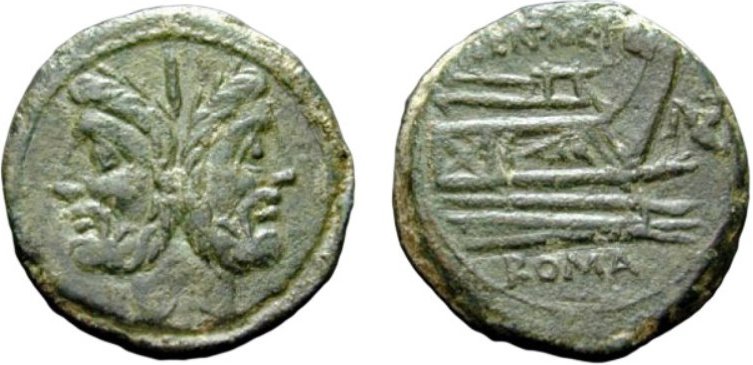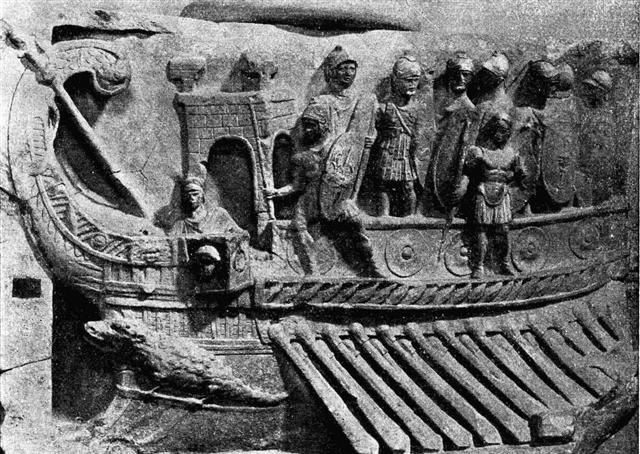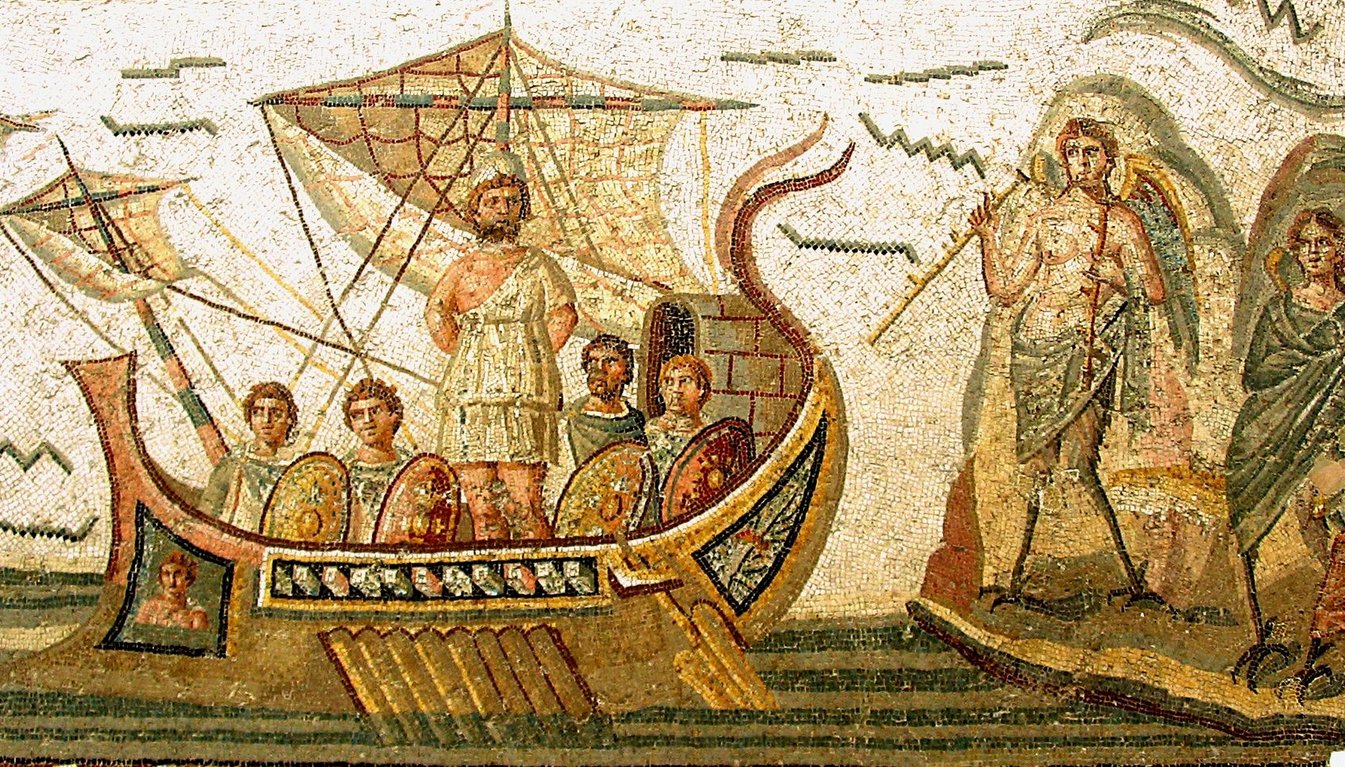The Eye-catching glyph at
ε Aquarii was
designed to draw attention:
... The jaguar learned from
the grasshopper that the toad and the rabbit had
stolen its fire while it was out hunting, and
that they had taken it across the river [tahe].
While the jaguar was weeping at this, an
anteater came along, and the jaguar suggested
that they should have an excretory competition.
The anteater, however, appropriated the
excrement containing raw meat and made the
jaguar believe that its own excretions consisted
entirely of ants. In order to even things out [tahe],
the jaguar invited the anteater to a juggling
contest, using their eyes removed from the
sockets: the anteater's eyes fell back into
place, but the jaguar's remained hanging at the
top of a tree, and so it became blind. At the
request of the anteater, the macuco bird made
the jaguar new eyes out of water, and these
allowed it to see in the dark. Since that time
the jaguar only goes out at night
...
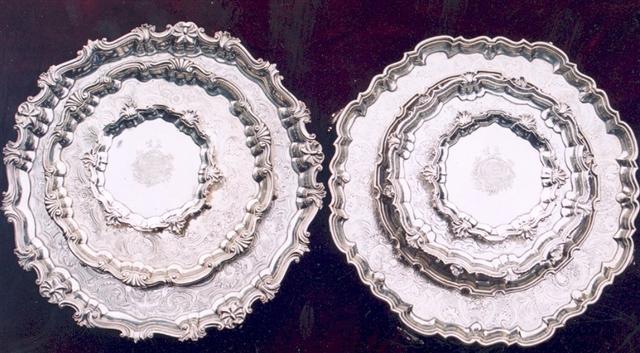
|
CLOSE TO THE FULL MOON: |
|
NOV 26 (*250) |
10 |
DEC 7 (*261) |
4 |
DEC 12 (*266 = *330 - *64) |
|
 |
 |
 |
|
Girl-10 (Bat) |
Emptiness-11 (Rat) |
All Hearts' Day |
|
Jan 29 (*314)
BETELGEUZE |
Febr 9 (40)
SADALSUD |
Febr
13 (45)
θ
Piscis Austrini |
|
15 |
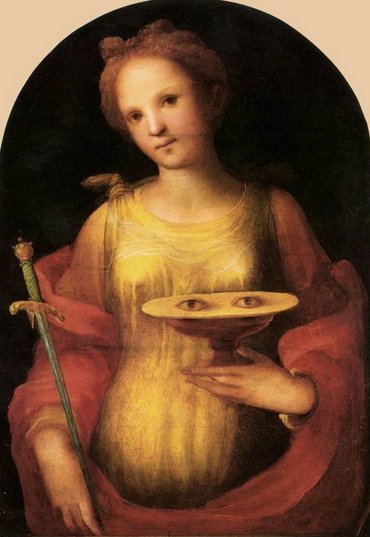 |
|
CLOSE TO THE SUN: |
|
JUNE 10 (161) |
11 |
12 |
|
... The month, which takes its name
from Juppiter the oak-god, begins on
June 10th and ends of July 7th.
Midway comes St. John's Day, June
24th, the day on which the oak-king
was sacrificially burned alive. The
Celtic year was divided into two
halves with the second half
beginning in July, apparently after
a seven-day wake, or funeral feast,
in the oak-king's honour ...
 |
|
CLOSE TO THE FULL
MOON: |
|
LUCIA |
DEC 14 (*268) |
15 (349) |
 |
 |
 |
|
Gb2-12 |
Gb2-13 |
Gb2-14 (229 + 40) |
 |
|
KUH (Weeping) = μ Capricorni
(331.4),
γ
Gruis (331.5)
*290.0 = *331.4 - *41.4 |
No star listed (332) |
η Piscis Austrini (333.4)
*292.0 = *333.4 - *41.4 |
|
Febr 15 (46 = 411) |
16 (229 + 183) |
17 (14 * 29½) |
|
CLOSE TO THE SUN: |
|
JUNE 13 (*84) |
14 |
15 |
|
υ¹ Hydrae (148.4),
RAS ELASET BOREALIS (Northern
Head of the Lion) = μ Leonis
(148.7)
*107.0 = *148.4 - *41.4 |
TSEEN KE (Heaven's Record) = Φ
Velorum
(149.9) |
ν Leonis (150.1), π Leonis
(150.6) |
|
Aug 16 (187 + 41) |
17 (229) |
18 (150 +
80) |
Because January 29 was
anciently the last night in the month of Januarius.
A precariously balancing precious water jar divided the
occiputal (teke)
shadowy side of Janus from that of the alighted face
of Janus in front. A complementary dry sign
was hovering at the corresponding place on the
opposite side of the coin.
... The
Ship appears to have no bow ... Aratos wrote:
Sternforward Argō by the Great Dog's
tail // Is drawn; for hers is not a usual
course, // But backward turned she comes, as
vessels do // When sailors have transposed the
crooked stern // On entering harbour; all the
ship reverse, // And gliding backward on the
beach it grounds. // Sternforward thus is
Jason's Argō drawn
...
The Chinese cue 'Bat' for the night of January 29
could have alluded to Mulu Bat,
the Star of Death.
... As a lunar station these
stars were the Sogdian Sarwa and the
Khorasmian Shushak, the Leader; the
Persian Hucru, the Good Goer; and the
Coptic Khambalia, [also the name of the
star λ]
Crooked-clawed, λ
being substituted for φ;
and it is said that they were the Akkadian Lu
Lim the He Goat, Gazelle, or Stag, the
original perhaps meaning 'King' and employed for
δ. ι
alone, according to Hommel, was the Death Star,
Mulu Bat
...
|
Takapau |
39 variants of uhi - STOLEN by Teke from
his brother Ma'eha [E:58-64] |
|
 |
18 |
 |
13 |
 |
7 |
 |
|
SIRRA H
(*0) |
ADHIL
(*19) |
MIRA
(*33) |
BHARANI (*41) |
|
ALCHITA (*183) |
SPICA
(*202) |
KHAMBALIA (*216) |
ZUBEN
ELGENUBI (*224) |
|
0h |
39 (=
3 * 13) |
There were several hanging victims (rau hei)
depicted here, beginning at the Tail of the
Swan.
 |
|
rau hei |
... Across the bows
connecting each double canoe was a floor,
covering the chambers containing idols,
drums, trumpet shells, and other treasures
for the gods and people of Ra'itea;
and upon the floor were placed in a row
sacrifices from abroad, which consisted of
human victims brought for that purpose and
just slain, and great fishes newly caught
from fishing grounds of the neighboring
islands. They were placed upon the floor,
parallel with the canoe, alternatively a man
and a cavalli fish, a man and a shark, a man
and a turtle, and finally a man closed in
the line. Behind this grim spectacle stood
two or three priests in sacerdotal attire,
which consisted of a plain loin girdle, a
shoulder cape reaching down to the waist and
tipped with fringe, wide or narrow according
to their grades, and a circular cap fitting
closely to the head - all made of finely
braided purau bark bleached
white. Seated at the paddles were the
navigators and warrior chiefs in gay girdles
and capes of tapa and helmets of
various shapes, and wise men in plain
girdles, capes, and turbans of brown or
white tapa. As this terribly earnest
procession arrived, the
canoes were
quietly drawn up along the shore, and the
guests were met at the receiving marae by
an imposing procession of the dignitaries
and warriors of the land grandly attired,
and also unarmed, headed by the king, the
two primates, Paoa-uri and
Paoa-tea, and the priests of the realm,
who greeted them in low, solemn tones. Then
everybody alike set to work silently
disposing of the sacrifices just arrived,
combined with others of the same mixed kind
prepared by the inhabitants of the
land. They strung them through the heads
with sennit, and act called tu'i-aha,
and then suspended them upon the boughs of
the trees of the seaside and inwards, the
fish diversifying the ghastly spectacle of
the human bodies, a decoration called
ra'a nu'u a 'Oro-mata-'oa (sacredness of
the host of Warrior-of-long-face) ...
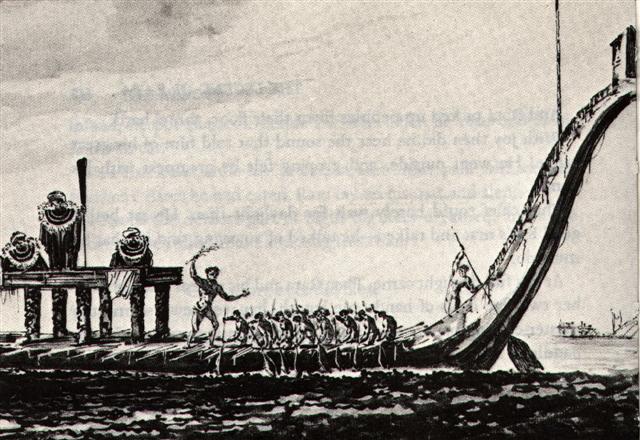
|
CLOSE TO THE FULL MOON: |
|
NOV 25
(329) |
26 |
27 |
28 (355 - 23) |
29 |
*254 |
|
... Ten days
later (28 November), the Lono
effigy sets off on its circuit,
which lasts twenty-three days,
thus bringing the god back for
the climactic battle with the
king on 21 December, the
solstice (= Hawaiian 16
Makali'i). The
correspondence is 'ideal' and
only rarely achieved, since it
depends on the coincidence of
the full moon and the
crepuscular rising of the
Pleiades ... |
 |
 |
 |
 |
 |
 |
|
Gb1-20 |
Gb1-21 (250) |
Gb1-22 |
Gb1-23 |
Gb1-24 |
Gb1-25 |
|
μ²,
μ¹
Oct. (313.2),
DENEB CYGNI (Tail of the Swan) =
α Cygni
(313.5),
β
Pavonis (313.6),
δ
Delphini (313.8) |
Al Sa’d al Bula'-21 (Good
Fortune of the Swallower) /
Dhanishta-24 (Most Famous) /
Girl-10 (Bat)
YUE (Battle-Axe) = ψ Capricorni
(314.3),
GIENAH CYGNI = ε Cygni,
η
Cephei (314.5),
γ
Delphini (314.6),
σ
Pavonis (314.7),
ALBALI = ε Aquarii
(314.8)
BETELGEUZE (α Orionis) |
BATEN ALGIEDI (Belly of the
Goat) = ω Capricorni
(315.8) |
μ Aquarii (316.0) |
ε Equulei (317.8) |
No star listed (318) |
|
Jan 28 (393) |
29 (*314) |
30 |
31 |
Febr 1 (32) |
2 |
|
... Witness
to the order, the world of forms
generated by the chief, the eye,
is the sacrifice of those who
violate that order. The left eye
of the slain tabu-transgressors
is swallowed by Kahoali'i,
ceremonial double of the king
and living god of his
sacrificial rites. Like the sun,
chiefs of the highest tabus -
those who are called 'gods',
'fire', 'heat', and 'raging
blazes' - cannot be gazed
directly upon without injury.
The lowly commoner prostrates
before them face to the ground,
the position assumed by victims
on the platforms of human
sacrifice. Such a one is called
makawela, 'burnt eyes'
... |

... The
earliest depiction that has been
linked to the constellation of
Orion is a prehistoric
(Aurignacian) mammoth ivory
carving found in a cave in the
Ach valley in Germany in 1979.
Archaeologists have estimated it
to have been fashioned
approximately 32,000 to 38,000
years ago ... The artist cut,
smoothed and carved one side (A)
and finely notched the other
side (B) and the edges.
Side A contains the
half-relief of an anthropoidal
figure, either human or a
human-feline hybrid, known as
the 'adorant' because its arms
are raised as if in an act of
worship.
On side B
together with the four edges is
a series of notches that are
clearly set in an intentional
pattern. The edges contain a
total of 39 notches in groups of
6, 13, 7 and 13. A further 49
notches on side B are
arranged in four vertical lines
of 13, 10, 12 and 13
respectively plus a further
notch that could be in either of
the middle two lines ... The
grouping of the notches on the
plate suggests a time-related
sequence. The total number of
notches (88) not only coincides
with the number of days in 3
lunations (88.5) but also
approximately with the number of
days when the star Betelgeuse (α
Ori) disappeared from view each
year between its heliacal set
(about 14 days before the spring
equinox around 33,000 BP) and
its heliacal rise (approximately
19 days before the summer
solstice).
Conversely, the nine-month
period when Orion was visible in
the sky approximately matched
the duration of human pregnancy,
and the timing of the heliacal
rise in early summer would have
facilitated a ‘rule of thumb’
whereby, by timing conception
close to the reappearance of the
constellation, it could be
ensured that a birth would take
place after the severe winter
half-year, but leaving enough
time for sufficient nutrition of
the baby before the beginning of
the next winter. There is a
resemblance between the
anthropoid on side A and the
constellation Orion. None of
these factors is convincing when
taken in isolation, because of
the high probability that
apparently significant
structural and numerical
coincidences might have arisen
fortuitously. However, taken
together they suggest that the
anthropoid represented an
asterism equivalent to today’s
constellation of Orion, and that
the ivory plate as a whole
related to a system of time
reckoning linked to the moon and
to human pregnancy. If so, then
ethnographic comparisons would
suggest that the
Geißenklösterle culture
related their ‘anthropoid’
asterism to perceived cycles of
cosmic power and fertility ... |
|
CLOSE TO THE FULL MOON: |
9 |
|
DEC 1 |
2 (336 = 4 * 84) |
3 |
4 |
5 |
*260 |
 |
 |
 |
 |
 |
 |
|
Gb1-26 |
Gb2-1 |
Gb2-2 |
Gb2-3 |
Gb2-4 |
Gb2-5 |
|
21h (319.6)
ARMUS =
η
Capricorni
(319.0),
DORSUM =
θ
Capricorni
(319.3),
TSOO = 24 Capricorni
(319.7) |
DRAMASA = σ Oct.,
χ
Capricorni (320.0),
ν
Aquarii (320.3),
γ
Equulei (320.6),
ο
Pavonis (320.8) |
α Oct.
(321.5), δ
Equulei (321.7),
φ
Capricorni (321.8) |
KITALPHA (Part of a Horse) = α
Equulei
(322.0),
ALDERAMIN (The Right Arm) = α
Cephei
(322.9) |
DAI =
ι
Capricorni
(323.5),
β
Equulei (323.8) |
γ
Pavonis (324.1),
YAN =
ζ
Capricorni
(324.6) |
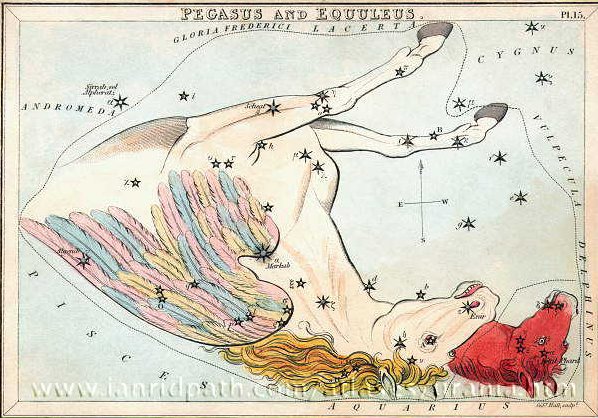 |
|
Febr 3 |
4 (*320) |
5 (36) |
6 |
7 (403) |
8 |
|
CLOSE TO THE FULL
MOON: |
|
DEC 16 (366 - 16) |
17 |
18 |
19 |
20 (12 * 29½) |
SOLSTICE |
 |
 |
 |
 |
 |
 |
|
Gb2-15 (270) |
Gb2-16 |
Gb2-17 |
Gb2-18 (3
* 91) |
Gb2-19 |
Gb2-20 (46) |
|
Rooftop-12 (Swallow)
22h (334.8)
KAE UH (Roof) = ο Aquarii (334.0), AL KURHAH (White Spot) = ξ Cephei (334.4),
SADALMELIK (Lucky King) = α
Aquarii, AL DHANAB (The Tail) =
λ Gruis
(334.6), ι Aquarii, ν Pegasi (334.7)
*293.0 = *334.4 - *41.4 |
ι
Pegasi (335.0),
ALNAIR (The Bright One) =
α
Gruis
(335.1),
μ
Piscis Austrini,
υ
Piscis Austrini (335.3),
WOO (Pestle)
=
π
Pegasi
(335.7),
BAHAM =
θ
Pegasi (Good Luck of the Two
Beasts),
τ
Piscis Austrini (335.8) |
ζ
Cephei (336.2),
λ
Cephei (336.3), -/270 Lac.
(336.7), λ Piscis Austrini
(336.8) |
μ
Gruis (337.0),
ε
Cephei (337.2), 1/325 Lac.
(337.3),
ANCHA (Hip) =
θ
Aquarii (337.4),
ψ
Oct.
(337.5), α Tucanae (337.9)
*296.0 = *337.4 - *41.4
*337.4 = *169.4 (Coxa, the Hip
in Leo) + *168 |
Al Sa'ad al Ahbiyah-23 (Lucky
Star of Hidden Things) /
Shatabisha-25 (Comprising a
Hundred Physicians)
ε
Oct. (338.1),
ρ Aquarii
(338.2), 2/365 Lac. (338.5),
SADACHBIA =
γ
Aquarii
(338.6),
π
Gruis (338.9) |
β/172
Lac. (339.2),
4/1100 Lac. (339.4),
π
Aquarii (339.5)
*298.0 = *339.4 - *41.4
CASTOR (α Gemini) |
 |
|
Febr 18 (10 * 41.4) |
19 |
20 |
21 |
22 (53) |
TERMINALIA |
 |
There were 10 + 54 = 64 (= 364 - 300 =
294 - 230 = 300 - 236)
days from December 21 (355) to February
23 (54).
|
36 |
3 |
23 |
|
OCT 21 (*214) |
35
|
NOV 26 (*250) |
27 |
28 (355 - 23) |
3
|
DEC 2 |
18
|
SOLSTICE |
|
 |
 |
 |
 |
 |
 |
|
Ga8-11 (214) |
Gb1-21
(250) |
Gb1-22 |
Gb1-23 |
Gb2-1 (4 * 64) |
Gb2-20 (275) |
|
*278 |
*314 |
*315 |
*316 |
*320 |
*339 |
|
X-MAS EVE |
Jan 29 |
30 |
31 (396) |
Febr 4 (400) |
Terminalia |
We can see that when Lono was
sent off on his circuit this
corresponded to the time when the
Full Moon was in January 31
according to the Gregorian calendar
(at my assumed epoch for
rongorongo).
But the Hawaiians were evidently -
at least during this time of the
year - instead relying on the
positions of the stars as they would
have stood in epoch of the Golden
Age of the Bull (when Ain - his Eye
- had been at 0h).

...
A man had a
daughter who possessed a wonderful
bow and arrow, with which she was
able to bring down everything she
wanted. But she was lazy and was
constantly sleeping. At this her
father was angry and said: 'Do not
be always sleeping, but take thy bow
and shoot at the navel of the ocean,
so that we may get fire.'
The navel of the
ocean was a vast whirlpool in which
sticks for making fire by friction
were drifting about. At that time
men were still without fire. Now the
maiden seized her bow, shot into the
navel of the ocean, and the material
for fire-rubbing sprang ashore
...
January 31 (396) - 64 (precessional
distance down to the Golden Age) =
332 (= 355 - 23).
... For the East
we have the glyph Ahau-Kin,
the Lord Sun, the Lord of Day; for
the West we have Manik-Kin,
exactly corresponding to the term
Chikin, the biting or eating of
the Sun, seizing it in the mouth.


This was the
position of
μ
Aquarii in the night sky.
|






.jpg)

